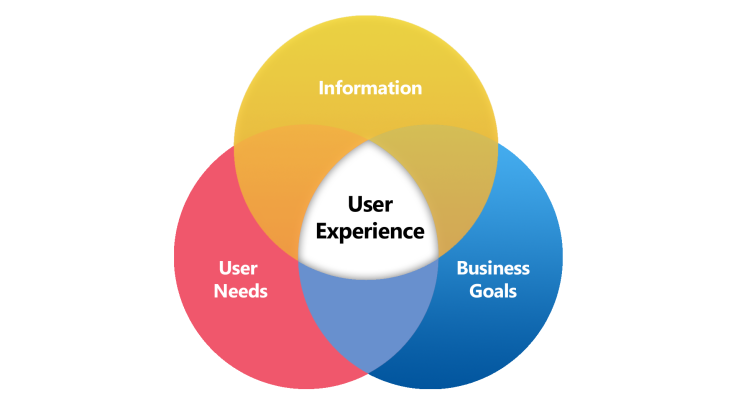The most common B2B user experience issues that drive customers away

Everyone buys a lot of things online. As of summer 2016 in the US, people buy most of their things online. When people think about shopping, the expectation has a lot more to do with their online experience than a mall or catalogue — and that doesn’t just mean retail. Business to business (B2B) brands are under just as much pressure to deliver great online user experiences, or risk seeing their sales plummet.
Increasingly, the major difference between what shoppers expect from retail versus B2B brands is that the latter is going to be more difficult. Enterprise brands in general are dragging their feet on updating their business sales user experience, and it’s increasingly a problem: By the end of this year, over 52 percent of buyers are expected to make half or more of their work purchases online. Those buyers are expecting an experience that’s as intuitive as Amazon.
The modern B2B customer journey has evolved beyond direct sales. It now spans evolving networks of distributors, dealers, value-added resellers and ecommerce portals and platforms. Yet many B2B business still make it incredibly difficult for customers to interact in a way that delivers the seamless digital experience they have come to expect. As today’s B2B buyers increasingly expect more from their digital experiences, an omnichannel strategy is the only path to success for B2B organizations that want to remain competitive and relevant.
Inconsistent Sales Experiences
A major challenge for many enterprise brands is delivering a shopping experience that’s not only high quality, but also consistent over time and with their existing brand. That’s a difficult thing to do if you have a wide variety of products, several different audiences, or even just one very complex product. This is also a common problem for brands that have different sales teams for each product or category, and there’s inconsistent adoption of new sales technology. You don’t want customers feeling like they’re shopping with a different brand when they buy a variety of products; inconsistency leads to confusion and lowered levels of loyalty.
To avoid this customer experience pitfall, make sure to roll out all new technology across all sales teams at the same time. This may mean an increase in training and cross-departmental communication, but the benefits (and profits) will exceed any investments required to do so.
Overly Complicated
If you’re selling a retail security system, for example, you have a very specific type of situation you have to provide the solution for: single family homes, or, potentially, a small apartment complex. When it comes to selling a security system to a business, such as an airport, there are a lot more variables you must cover. For many B2B businesses, it may be impossible to sell an accurate product without first getting on a call with the lead, or even visiting the location to create an accurate estimate. These transactions can be incredibly challenging to sell online, especially if you’re trying to do it manually.
As he explained, if they sell a very complicated or customisable product (and this goes double if both of those adjectives apply), it’s important that their company makes use of modern software solutions, such as CPQ, to ensure that sales is streamlined and intuitive. The most advanced software allows a variety of configurations that can create accurate quotes for customers, and potentially lead them through the sales funnel if the situation allows.
Incompatible Configurations
One of the biggest challenges that many B2B businesses face when trying to sell their product online is that the good or service they are selling is more complicated than what would be sold in retail. This problem is only aggravated when the product is not just sold through their own website, but also through third-party retailers.
While there are limitations on what they can reasonably require of their channel partners, if they invest in high quality software solutions and their partners agree to use it, they will cut down significantly on incompatibility issues. This goes back to the first point about consistent sales experiences, and will do wonders for preserving and expanding their loyal customer base.
At the end of the day, every business customer is just a retail consumer that’s at work — and their shopping expectations carry over to professional purchasing decisions. Provide the same intuitive, easy experience when investing in your company as they do making late-night purchases, and they will be loathe to ever stray from your brand.





















